Seeking a historical destination with the comfort of a modern city and the pleasure of great food? You just got Lucknow! And to prove that, we listed 15 mind-blowing facts about Lucknow.
Lying on the banks of the Gomti River, in northern India, there is the perfect destination for a time travel experience. Lucknow, the capital and largest city of Uttar Pradesh, is a blend of Mughal heritage, nature’s exquisite beauty and influences from Turkish, Persian and European cultures.
1- The origins of Lucknow
One of the facts about Lucknow is its name. Lucknow is the anglicised spelling of the local pronunciation “Lakhnau”. A popular legend says the city’s name is after Lakshmana, a hero of the Hindu epic Ramayana, who would have founded the city originally named Lakshmanpur.
2- The city of Nawabs (or Nawabo Ki Nagri, in Hindi)
Don’t be confused if you hear someone call it the city of Nawabs. They were rulers of Lucknow during the 18th and 19th centuries while the region was part of the Mughal Empire. The Nawabs (a royal title) were known for their extravagant lifestyles and were responsible for the development of music, dance and many of the majestic monuments of the city.
3- The Constantinople of East
This is one of the cultural facts about Lucknow, that it has been the centre of north Indian culture and heritage. Hence, this nickname.
You may also like to read:
4- The Mughal Era
In 1528, Lucknow became part of the Mughal Empire after Babur, the first Mughal emperor of India, took the Awadh region. In the first half of the 18th century, the Mughal emperor granted the administration of the region to the Nawabs.
5- The centre for the Indian Rebellion of 1857
Lucknow was the place where it first broke out during the Indian Rebellion of 1857 against British forces. It spread from Lucknow to Kanpur and then to Bengal. It started after Nawab of Awadh Wajid Ali Shah was exiled to Calcutta so his second wife, Begum Hazrat Mahal, and supporters rebelled against the British and took control over the city.
She reigned as a regent while her son was a minor and one year after the British forces regained control, she was forced to retreat to Nepal. She is considered a heroine, called by many “The Tigress” and even has a park named after her.
6- The Lucknow Pact
In 1916, the city was the stage for the first meeting between the great leaders Mahatma Gandhi, Jawaharlal Nehru and Mohd Ali Jinnah to sign this agreement. It was the first time Hindus and Muslims united forces demanding political changes to the British. The pact led the way to the Hindu-Muslim cooperation in the Khilafat movement and Mahatma Gandhi’s noncooperation movement in 1920.
7- Rumi Darwaza or the Turkish Gate
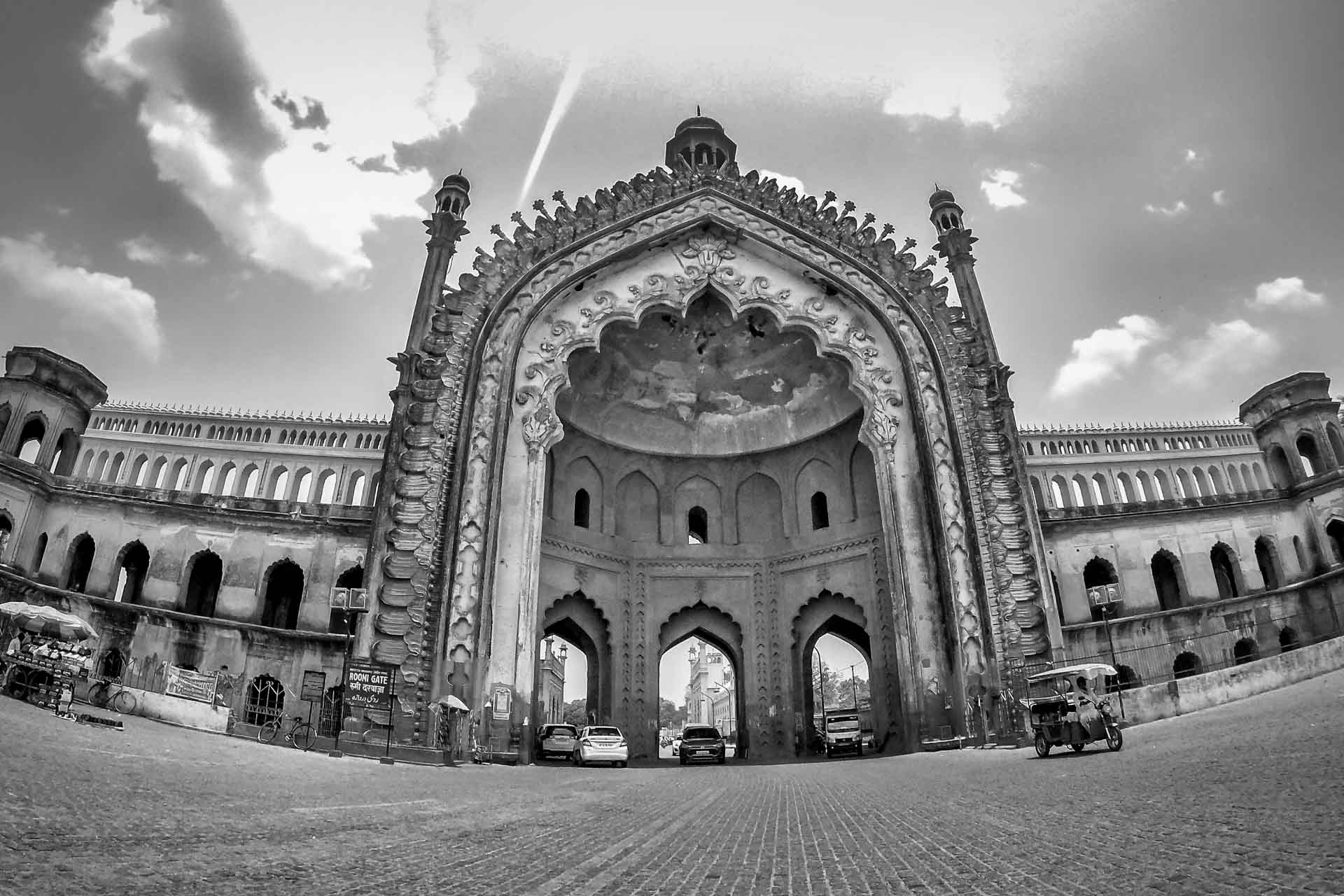
This historic gateway to Lucknow was built in 1784 during the Nawab period. It is 18 metres tall (60 feet) and is believed to be inspired by the Gateway to Constantinople.
8- Bara Imambara
This monument was built by the Nawabs so that the Muslims could perform their religious practices, and it is said to be the largest structure in the world with an unsupported construction. The building has an incredible maze on the top floor with 1024 entrances but only two exits.
The construction of Bara Imambara started in 1780, during a period of great famine. One of the purposes of this great project was to generate employment. It is said ordinary people worked in the construction during the day while noblemen worked at night breaking down what was raised that day, so the construction would last longer. It was completed only in 1794.
9- Chota Imambara: The Palace of Lights
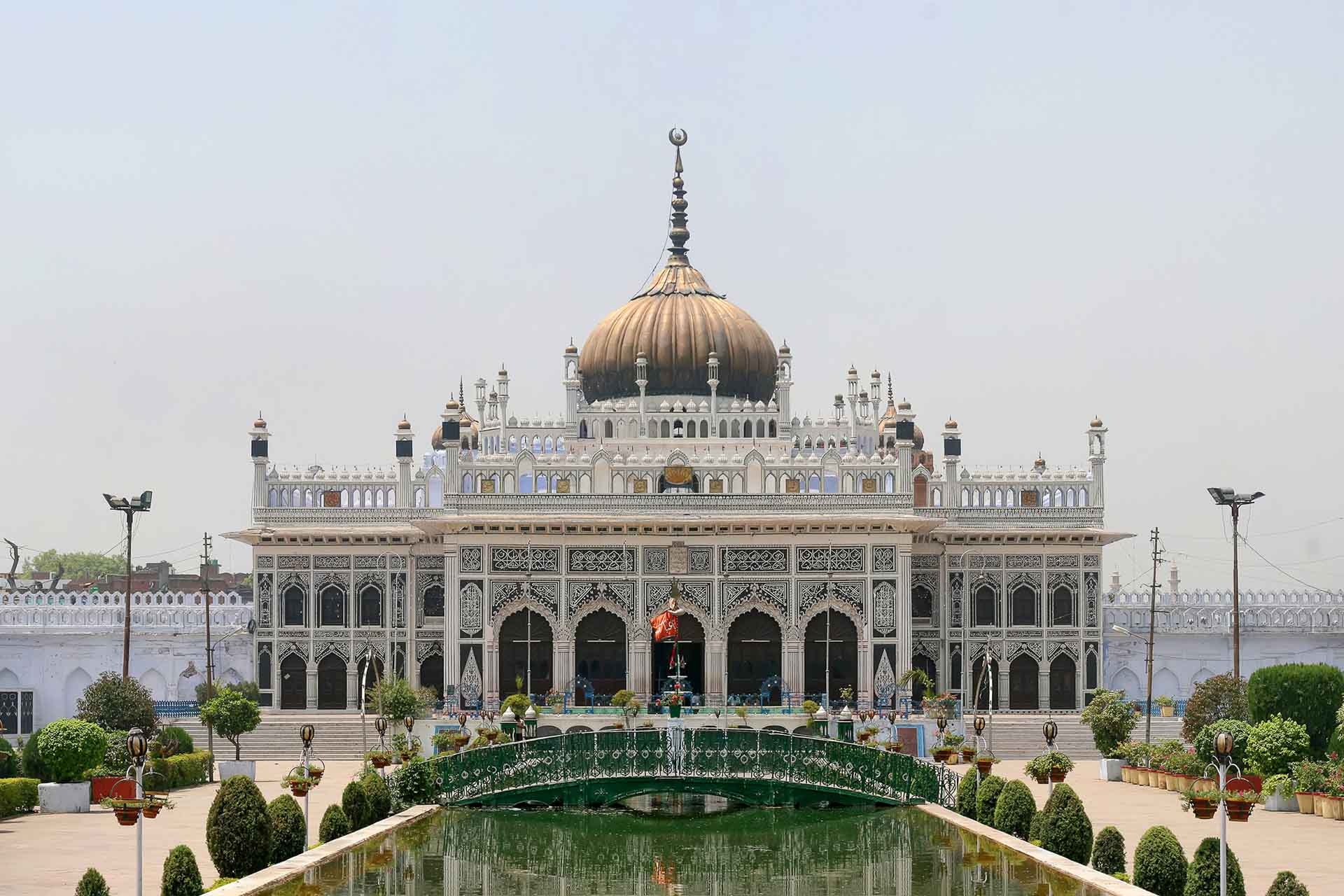
An archtectural fact about Lucknow is the Chota Imambara. It was built in 1838 by the third Nawab of Awadh as a holy shrine for the Shia Muslims living in Lucknow. Its interiors are decorated with chandeliers during special events around the year, hence its nickname. The monument is a beautiful example of Indo-Islamic and Persian architecture.
10- The tallest clock tower in India
Inspired by Big Ben in London, this monument was constructed in 1882, and it is about 67 metres (220 feet) tall.
11- Chikankari: a 400-year-old embroidery art
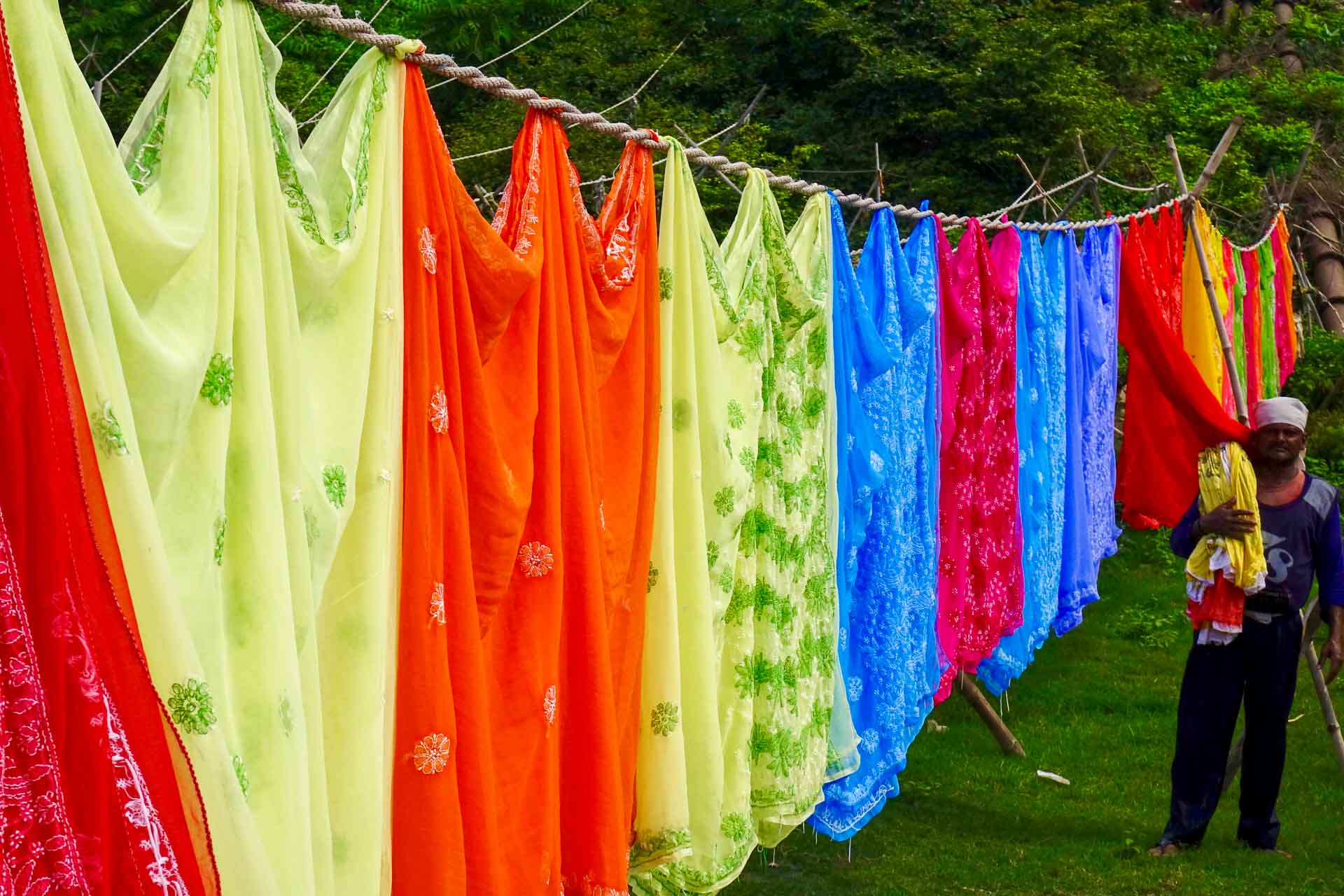
This embroidery work is unique to Lucknow, and there are references to similar works traced back as early as the 3rd century BC. There are many tales of the origins of chikankari. Some say it has Persian influences, other stories are about a Mughal empress that would have introduced chikankari to India.
12- The Awadhi cuisine
Lucknow is a must-see destination for food lovers, with some of its restaurants being about a century old. There are a variety of dishes. Including biryani, kebab and bread with unique flavours, but Tunday kabab has an interesting story.
It is said there was a Nawab who really loved kababs. But, as he got old he lost his teeth and was unable to eat the dish. He then held a contest to find who would create the softest and most succulent kabab. The winner was Haji Murad Ali, who had only one hand. Hence, the name Tunday Kabab (one-armed man Kebabs). The secret recipe is said to have at least 100 spices. And it is a family secret passed down to the generations by the ladies of the house.
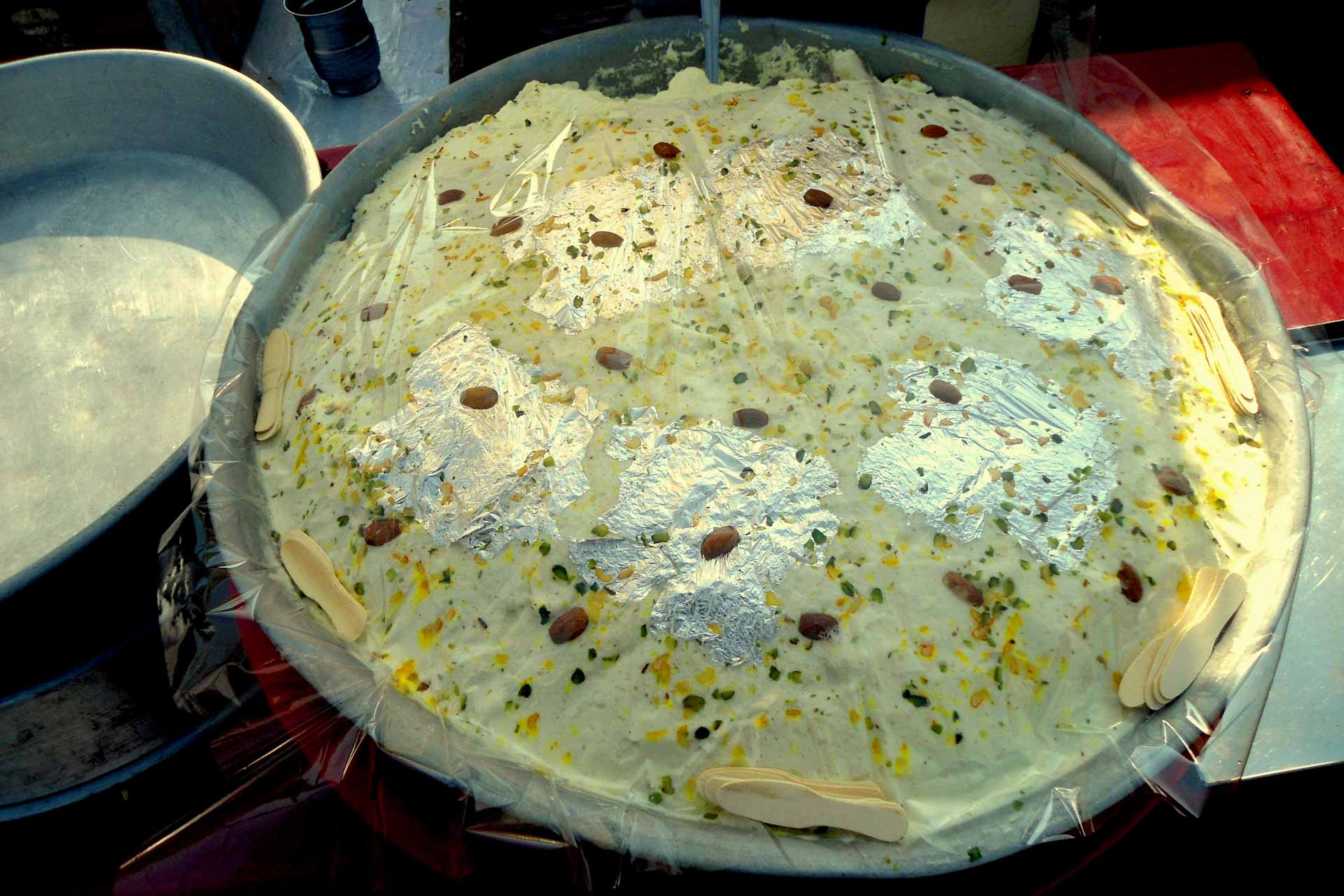
Another curious dish is the Makhan malai dessert, which can be made only during the winter. It takes 8 hours to prepare it, and part of the process involves leaving the milk in the open for 4 to 5 hours. It cannot be prepared in the summer as the heat would melt the butter.
13- Lucknow City Montessori School
This institution holds a Guinness World Record for being the largest school in the world, with over 58,000 students. It is the only school to have been awarded a UNESCO Prize for Peace Education, and it always ranks among the best schools in India.
14- The first CCTV City in India
Another one of the interesting facts about Lucknow is that since 2015, it has made efforts to install security cameras all over the city. Currently, It now has more than 10,000 cameras, and it also counts on drones for its surveillance and some of them are pepper-spraying drones used for crowd-control.
15- A beautiful rich happy city
One of the most amazing facts about Lucknow is that, with all this incredible history, fine arts, food and places, Lucknow still manages to be one of the top 15 cities in India (by GPD). And it has been considered the second-happiest city in the country. Lucky for its 4.5 million inhabitants!
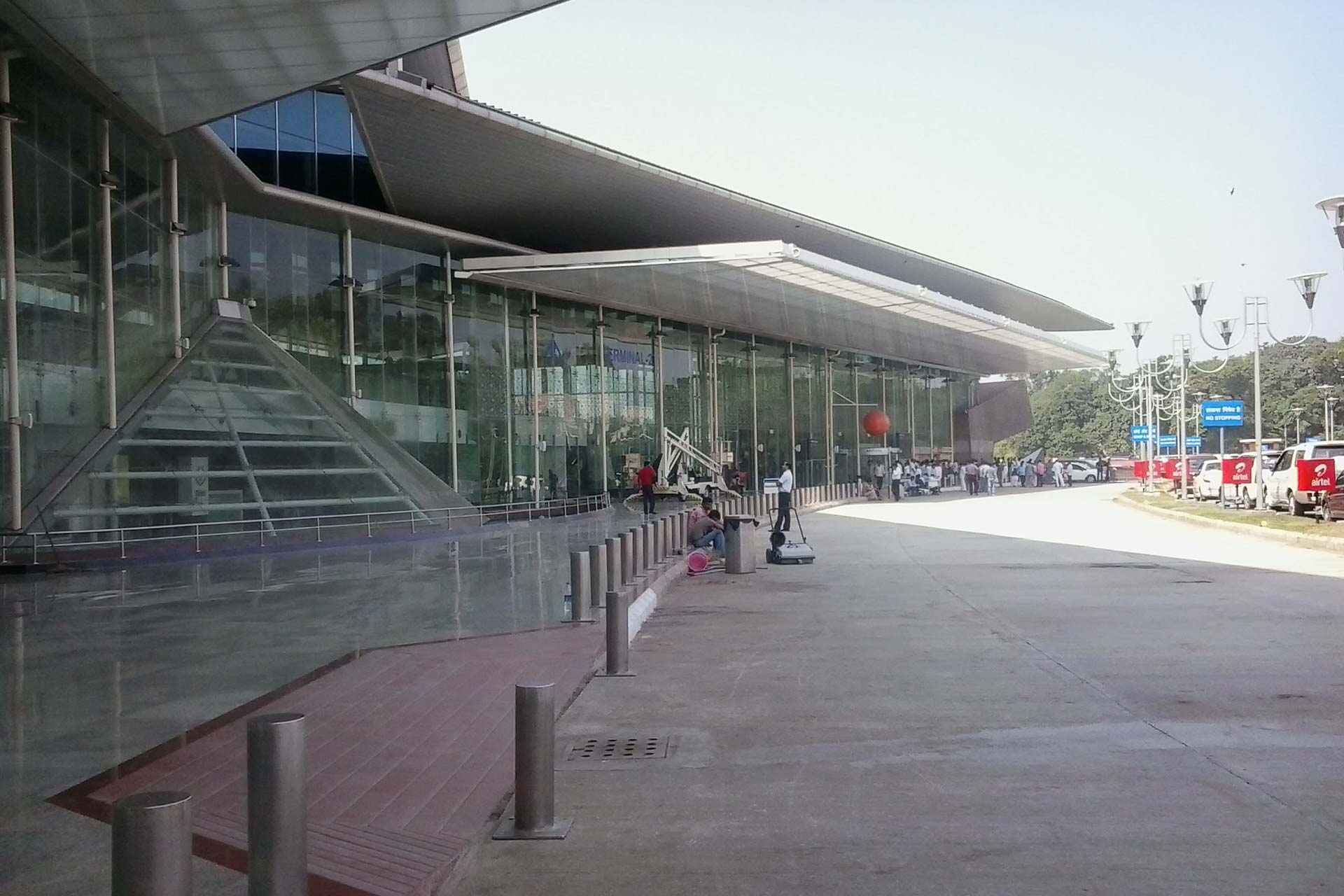
Lucknow has an international airport just 14 km away from the city centre and major airlines offer flights from many cities such as Abu Dhabi, Muscat and Dubai to Lucknow or from all over the world. Also, before you plan your trip and pack your bags, be sure to look for nice ticket deals. And prepare yourself for this great time-travel experience.


